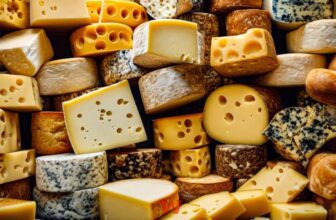The consumer acquisition of cheese has increased in recent years, most of which is aided by the wine industry, and its increased demand for luxury, high-end cheeses also grows yearly. Some of these cheeses are not even formed from milk produced by cows. Let’s take a closer look at the Top 12 Most Expensive Cheeses In The World.
The modern world has an embarrassment of riches when it comes to cheeses, with a wide selection of delicious cheeses widely available. Some early cheeses were likely either sour or salty, simulating a curd-like texture, which wasn’t particularly appetizing. Whether the first production of cheese was intentional is a mystery lost to time, but historians believe that the first cheese came accidentally, produced by domesticated sheep and goats.
The likeliest origin of cheese was a formation of the fermented substance that resulted from inadequate transport of milk, resulting in a texture likened to cottage cheese. Efforts were likely taken to preserve the substance, such as adding salt to them, resulting in the additional salty flavor from the natural additive.
As more milk-producing animals became increasingly domesticated, and civilizations spread to areas of the world with colder climates, cheese became a standard staple of human diets worldwide. Every culture had a hand in developing some type of cheese to reflect their own input on these common dietary components.
Cheeses vary in quality, taste, price, and popularity. Some are beloved worldwide, while others cater to refined palates with acquired tastes. The global cheese market was valued at just over $92 billion in 2016, and by the end of 2022, estimates predicted it would surpass $124 billion now that’s a lot of cheese!
Much like truffles, fine wine, and well-marbled beef, cheese is a luxury commodity that can be highly sought after, yet its value is often dictated by changing consumer trends. Prices are influenced not only by flavor profiles but also by rarity and aging processes, making some varieties exceptionally expensive.
Some artisanal cheeses even rival other gourmet delicacies in price, similar to how collectors place immense value on rare finds like this list of the priciest mushrooms in the world.
Check our pick for the best Cheese Board: SMIRLY Bamboo Cheese Board and Knife Set
Most Expensive Cheeses In The World
1. Pule ($600/lb, but as high as $1,300 on the open market)
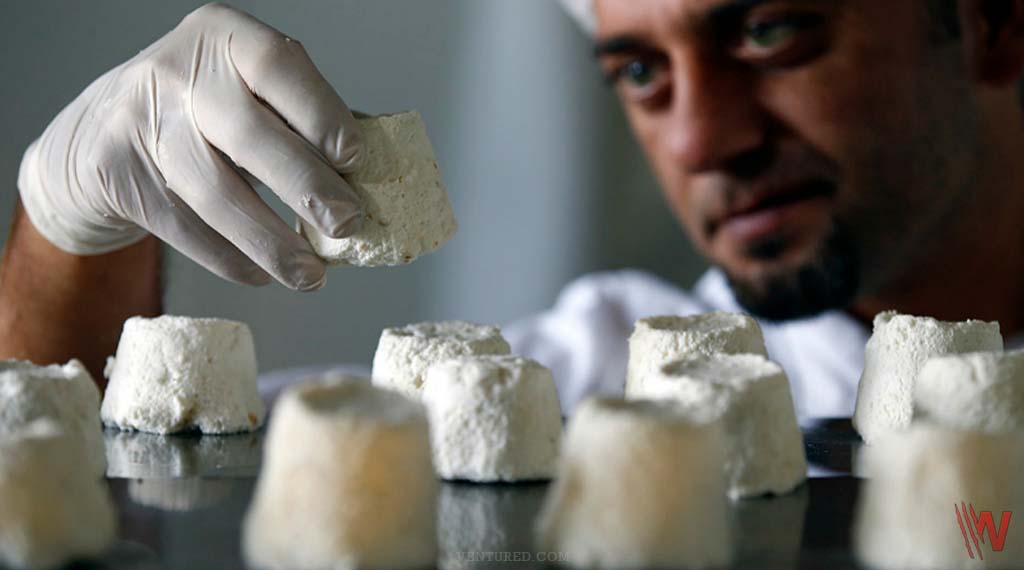
The Pule cheese comes from a rare Balkan donkey breed housed in the Zasavica nature preserve in Serbia, where this cheese is produced. Interestingly, the recipe to formulate Pule has remained exactly the same since the 1700s. The donkeys are milked three times daily, but each milking produced less than a gallon from a combined 15 animals. For perspective, to produce just one pound of cheese requires more than 3 gallons.
Of the already small herd, only 130 jennies produce milk. The milk from a donkey contains 60 times the Vitamin C found in cow milk while containing only 1% of the fat. It has historically been linked to beauty and health benefits. It is even said to have been used in Cleopatra’s baths.
The texture of Pule is mostly soft and crumbly, with a nutty taste along with a hint of sweetness. Many compare it to Gruyere or Spanish Manchego, but with a more complex, richer flavor. Not surprisingly it is not widely available, but if an opportunity to try it was to present itself, do treat yourself to a bite of the Most Expensive Cheeses In The World.
2. Moose Cheese (Up to $500/lb)
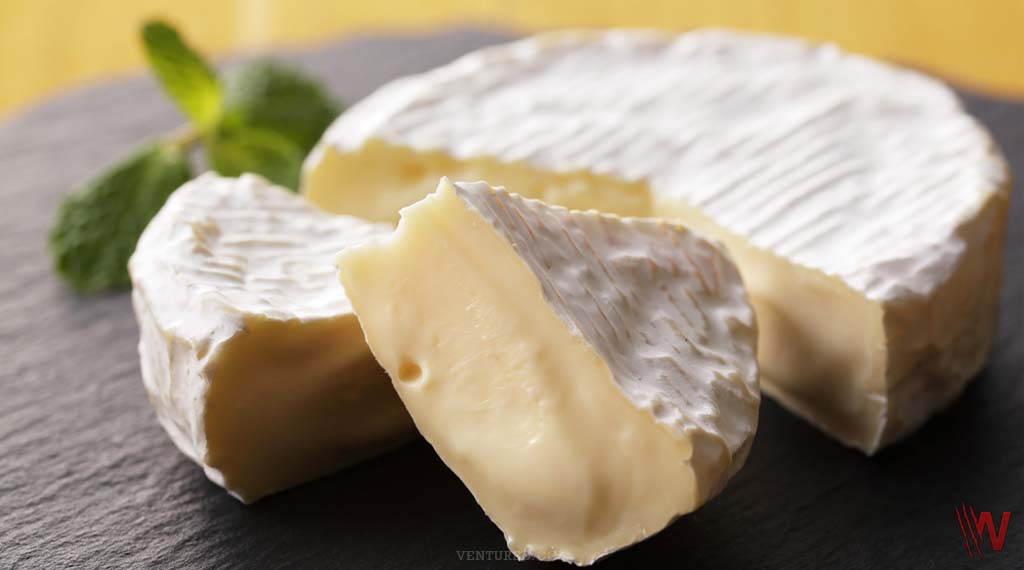
Bjurholm, Sweden is the home of The Moose House, and they produce 4 cheese varieties from the milk of 3 sibling moose (known in most of Europe as elk). The animals produce roughly 5 liters of milk per day, and lactate only between May and September. The cheese is only available at the site of production and only to a select number of restaurants. Some factors for that include the limited season of production, the difficult nature of milking a moose, etc. But if you visit the Moose House farm run by the Johansson family, they will happily offer you a tour.
There you could meet their three moose: Gullan, Juno, and Haelga. They were all abandoned by their mother and adopted by the Johanssons. While they are not small animals, they are easily disturbed, so their handling must happen with care, especially while milking. If this happens, the supply dries up. The milk produced by a moose has roughly 12% of fat content, and is high in protein, yielding cheese that is similar to Camembert.
The Moose House farm also produces dried and traditional blue cheeses, as well as oil-preserved, smooth-textured feta. When it comes to moose cheese, however, they are the only farm in the world to produce it, generating about 650 lbs of it annually.
3. White Stilton Gold (About $400/lb)
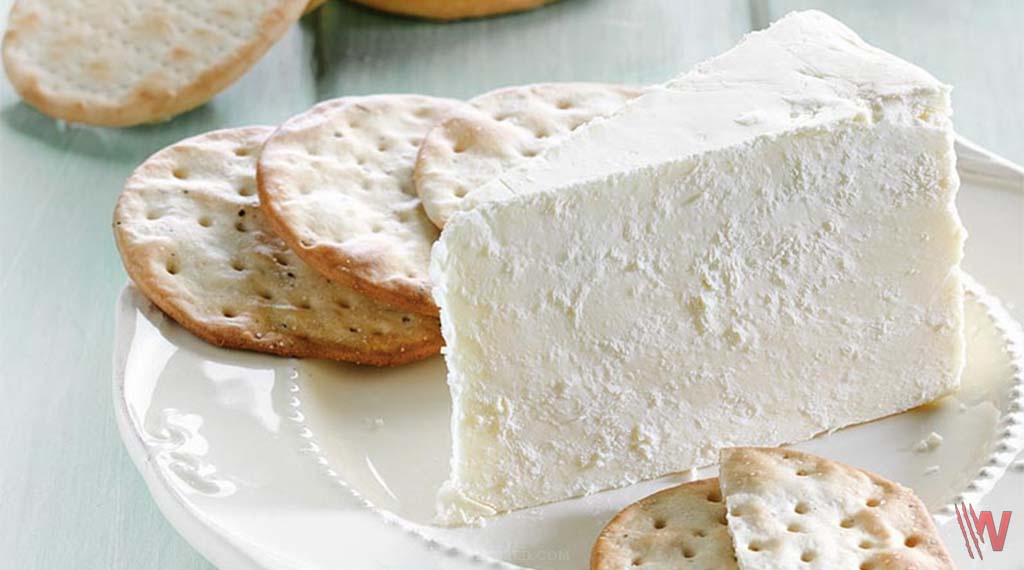
This British “blue cheese” variant is one that makes a distinct visual impression for those who can afford it, adorned with shiny edible gold leaf flecks. This version of Stilton is only licensed for production at six UK creameries and is limited to only three counties including Nottinghamshire, Derbyshire, and Leicestershire. Local pasteurized cow’s milk is used in Stiton’s upscale version. It is even protected under PDO (protected designation of origin) under European Law.
The Stilton is unpressed, shaped in its standard cylindrical shape, forms a crust of its own, and tastes like a “typical” Stilton cheese. The blue-veined variant of the cheese has its crust pierced to permit air to enter the cylinder’s core. Many countries produce blue cheese in the same manner, the unique taste, aroma, and gold-veined version of the White Stilton Gold stands out from the rest.
4. Bitto Storico (About $150/lb)
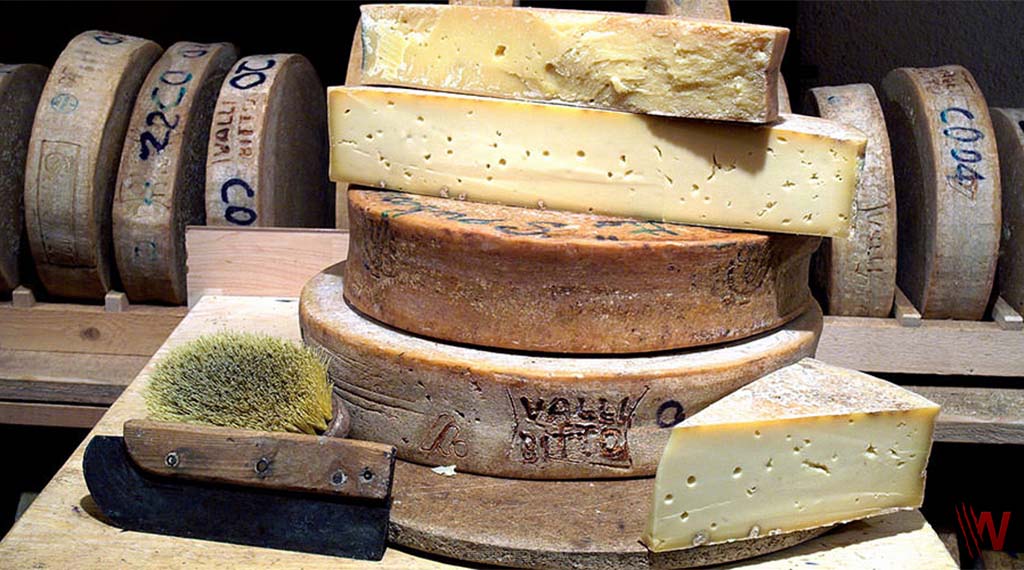
The Bitto Storico only comes from one place in the world, and that is the Italian Valtellina Valley. Forged from the milk of cows that graze in the Bitto River Valley mountain pastures, the flavor of the cheese differs depending on the season. When aged up to a decade, it is between 10% and 20% produced from Bergamo Alps Orobica goat’s milk. Differently aged cheese is available for tasting in Gerolo Alta, a small town that is a worthwhile destination for cheese lovers.
A dozen cheesemakers that make Bitto Storico continue to use wood fires on the mountainside to hear the copper cauldrons used for the cheese’s production. The cows that provide the milk that the cheese is derived from are not provided supplemental feed, so the cheese is entirely additive-free. It is only produced for 4 months, from the start of June to the end of September, and aged for at least 70 days before sales, though it is more commonly vintaged for a decade.
This Bitto Storico isn’t the same as the traditional type, though it was recognized by Slow Food Italy for its faithful adherence to historical cheese-forging traditions. In the same valley where it is produced, cheese lovers can also find a PDO variety by the name of Bitto DOP, which is available for online ordering. But this type is produced via more contemporary methods, so its produced wheels have a consistent flavor and contain additives since it is added to the feed of the grazing cows.
5. Caciocavallo ($42 to $50 per pound)
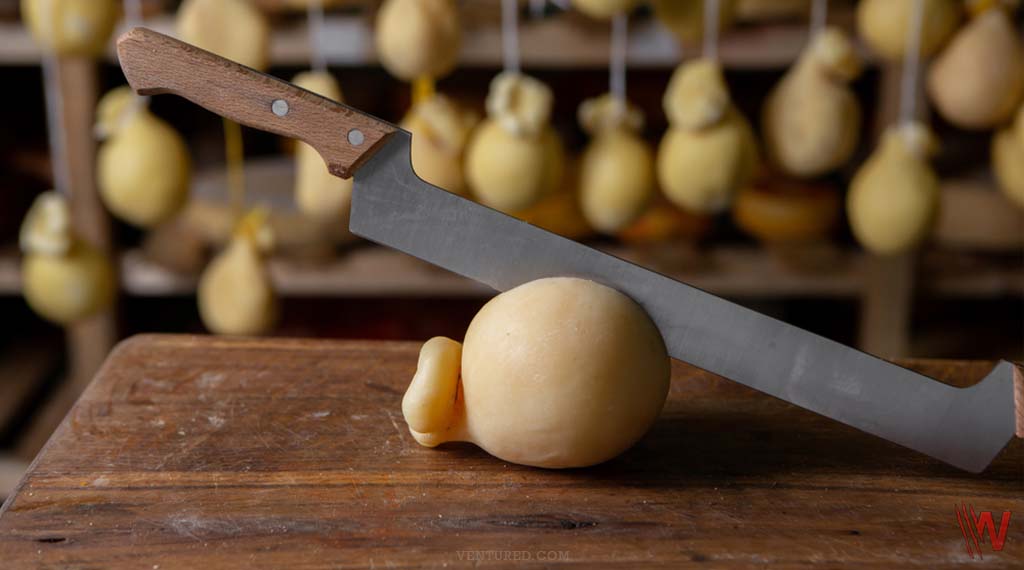
While there are cheeses made from milk from horses, especially in Central Asian cultures, it isn’t big on the market. However, the common Italian cheese known as “Horse Cheese” isn’t actually made from horse milk, but rather from cow’s milk.
The Caciocavallo is both expensive and oddly named, especially considering that it is produced by a rare Italian cow breed known as Podolica. These cows lactate only in the months of May and June, and though they are a hardy breed, the cheese produced from their milk is largely unavailable outside of the Campania, Calabria, Puglia, and Basilicata regions.
This cheese is commonly shaped in pear-like form and was at one time strung over poles while tied together in pairs during curing. Some speculate that during transport, this cheese could have been hung around the neck of a horse, which might have led to its namesake. Caciocavallo cheese is consumable after just three months of aging, but it gains a firm texture and a deeper color after 2 – 3 years. It is used for different purposes depending on where it is consumed. In some areas, it is cut with a butterknife into chunks and served along with wine or fruit. In Sicilie, chefs love grating it on pasta.
This cheese is also included in the Slow Food ranking of Basilicata for being produced in a traditional manner. Contemporary Caciocavallo formations are round, but Sicilians use rectangularly shaped wooden molds to give them a less traditional shape. Not only is this cheese delicious, but it is also rich in Omega 3 fatty acids, making it nutritionally beneficial too.
6. Jersey Blue (about $45 per pound)
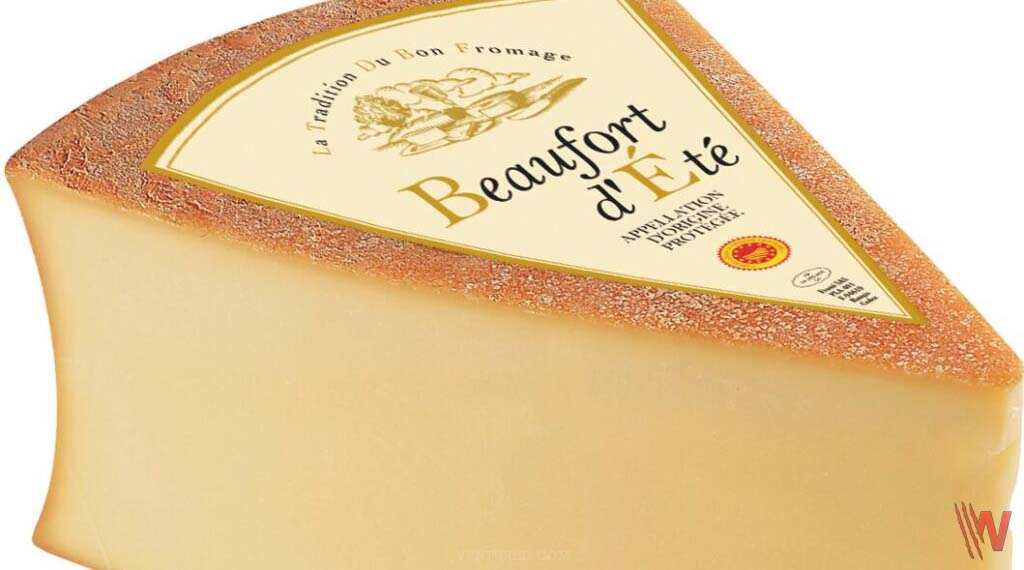
Unlike other expensive cheese, Jersey Blue breaks the mold in that it in no way stemmed from some rich cheese-making tradition. It is actually a modern take on an old classic, produced by a cheesemaker in Sweden since only 2006, with grey, blue, and white veins spread through the cheese’s mottle surface.
Most know it as the “externally rinded” blue variety. The cheesemaker, Willi Schmid, is the dairy owner and produced more than 20 cheese variants. He decides which cheese will be made from the milk that he purchases from local farms will produce by tasting it in its raw form. Then the Jersey cow milk is shaped into five-inch diameter domed rounds, with each weighing roughly 4 pounds. To get it into this shape, the cheese is hand-ladled into a similarly shaped mold, creating multiple “pockets.”
Two types of blue mold are introduced by Schmid, then the cheese is allowed to age for about 10 weeks, permitting the blue mold to spread throughout the paste, and to coat the rind. Before it is cut, the cheese has a relatively musky scent, but it dissipates after the cutting is performed. Its buttery, soft texture (when it’s new), can be consumed either in aged or fresh form, but when it ages, the veining transforms to green, and the flavor sharpens.
7. Beaufort d’Ete ($45 per pound)
The Beaufort d’Ete is a turpophile favorite. It is renowned for its creamy, smooth textures, its discernable aroma and flavor, and its pale buttery color. It is produced from the milk of the Taurine or Tarentaise mountain cow breed in the Savoie region of France. Similar cheese, Grovire, has been produced in the Alpine region since the 1600s but peaked in popularity during the French Revolution. The town site of production was renamed to Beaufort in 1865, and the production of cheese continued for another 80 years.
The Alpine dairy production region almost ceased to exist after World War II, as the poor economy of Europe nearly crumbled all operations. But in 1961 the first daily cooperative formed, leading the cheese production resurgence.
Since then, production has grown tenfold. The particular cheese produced only during the summer named Beaufort d’Ete, has become one of the Most Expensive Cheeses In The World, garnering PDO status in 2009. Its standard variant, the Beaufort, is made from November to May, as the grazed cows in the valley consume the harvested hay of the previous summer.
The cows then move to the mountain pastures, where they graze from June through November, and it is that milk that is used in the Beaufort d’Ete and Beaufort Chalet d’Alpage (a variety of cheese from a herd kept at a 1500 meter elevation) production. Since it is only able to be made in small quantities, it demands a higher asking price.
8. Cacio Bufala ($45 per pound)
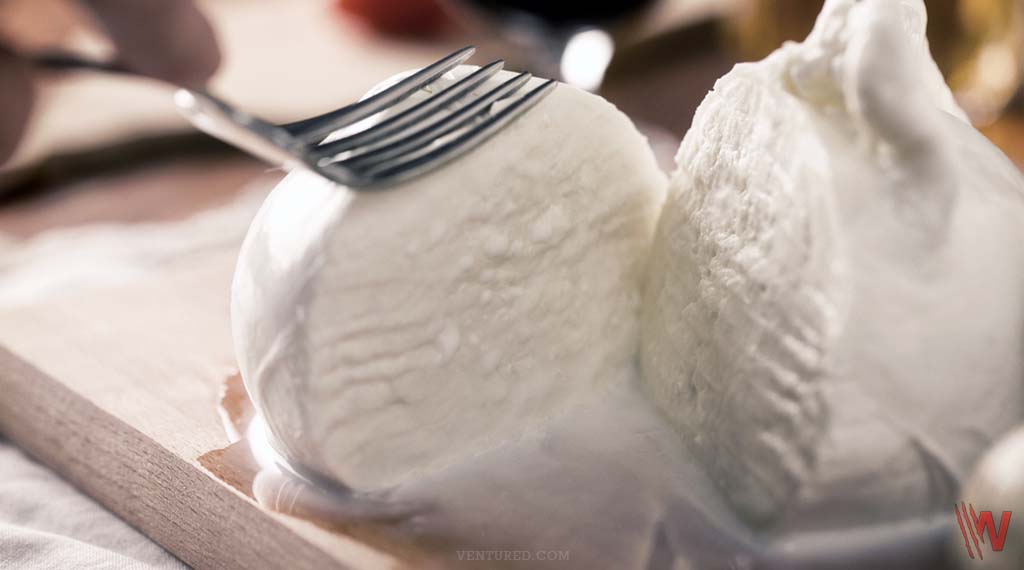
Cacio Bufala is an artisanal cheese produced in Italy, one of several, but uniquely made from buffalo milk. The cheese is traditional, of partial hardness, but is not the same as Buffalo Mozzarella or Caciocavallo de Bufala.
Generally readily available year-round and produced in 5-inch rounds, the cheese weighs just over a pound. It ripens for at least 2 months after being salted in brine. It is commonly compared to Provolone in that it includes salt and natural rennet. During maturation, the curd is drained to produce an aromatic and compact cheese, with a flavor attributed to a hint of sweetness.
It is produced in Campania’s Casa Madaio dairy farm, then aged for 8 to 12 months in the region’s natural caves. There is another product from Bergamo, located in Lombardy, a northern Italian region, and marketed by Luigi Guffanti that is versatile enough to complement hearty bread, as well as several other foods. Many also enjoy it with stouts, lagers, and white wine.
9. Epoisses de Bourgogne ($45 per pound in the US)
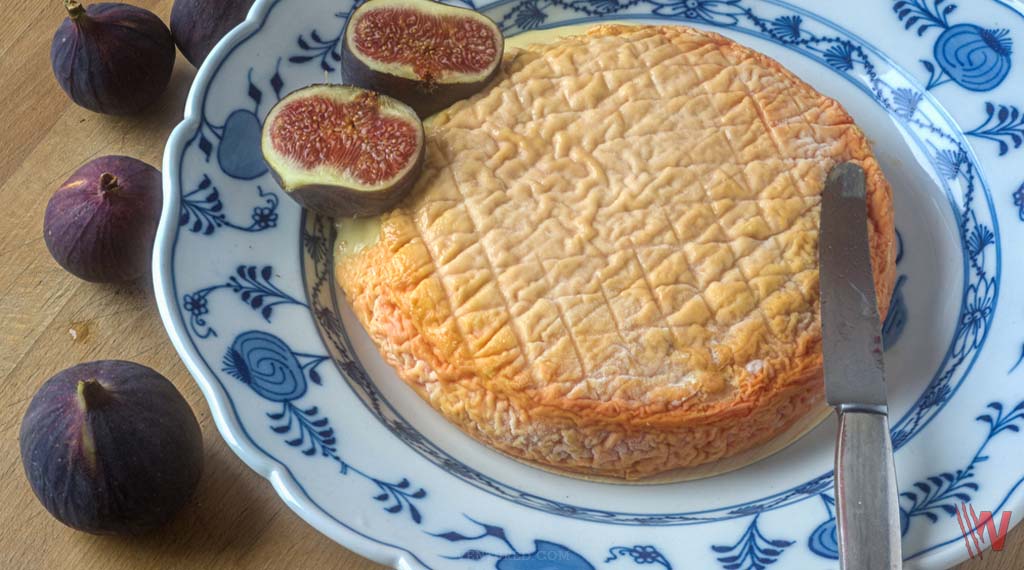
Another PDO-designated cheese that is an interesting variety made with cow’s milk is the Epoisses de Bourgogne. It is only permitted to be produced in a small, controlled region of France. Its origins stem back to monks from Abbaye de Citeaux. One particularly notable historical figure who is said to have been a fan of the product was Napoleon, as he enjoyed it with his Chambertin wine. The cheese is not “mainstream” by any means and almost ceased to be produced during war eras. But in 1946 two families from Bourgogne resumed its production.
The cheese is quite pungent and has a fine, pate-style texture, and a combination of creamy, sweet, and salty attributes. Its unusual taste and appearance are aided by the rind that is washed in wine residue, Marc. Many of the cheeses on this list won’t be found in United States grocers, but the Epoisses de Bourgogne tends to be the exception, sold in small containers in specialty food retailers, Di Bruno Bros, Walmart, and even Amazon.
10. Rogue River Blue ($40 per pound)
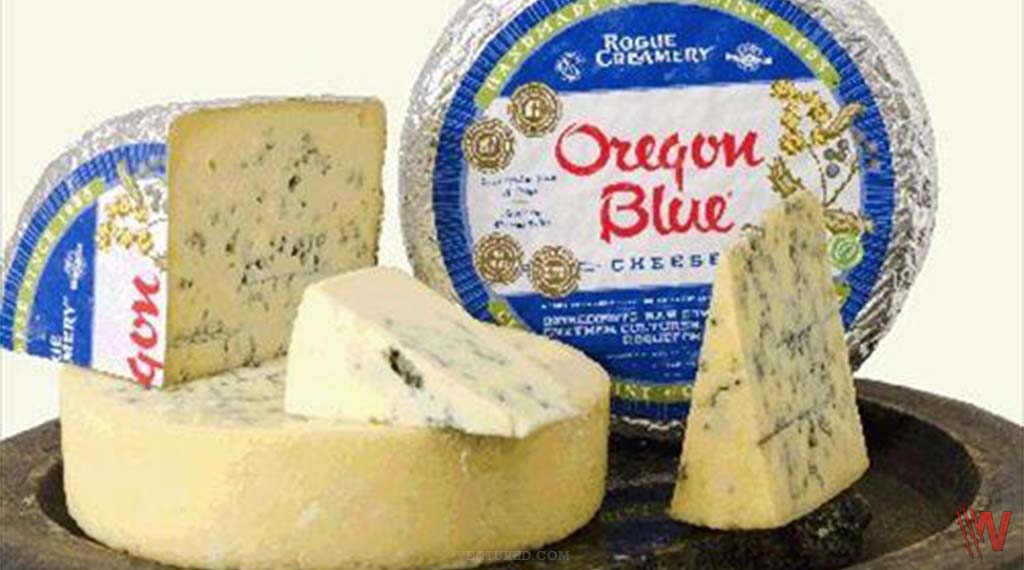
In Grants Pass, Oregon, the Rogue Creamery, a certified organic dairy producer, produces the Rogue River Blue cheese, which is one of only two members of this list to be American-based. The milk for the product comes from cows who graze a 68-acre terrain. Their blue cheese, on the other hand, is marketed globally.
The Rogue Creamery is certainly rogue from many other dairy producers in that it operates in strict compliance to conform with actions that drive the welfare of animals and the environment, as well as economic equity. They started operations in the 1930s, producing more than a million pounds of cheddar for the United States armed forces during war eras.
It would later become Oregon’s top cottage cheese producer. When they chose to begin producing artisan blue cheese, skepticism met their focus shift, but in 2003, they earned the title of “World’s Best Blue” in London, following it up with a win of the Best of Show Award in Austin, TX in 2009. These are but two of their accolades that included multiple success awards, four trophies, and more than 30 medals.
11. Gorau Glas ($40 per pound)
A family or herders of dairy cattle at the Caws Gorau Glas farm in Anglesey, Wales is one of the United Kingdon’s most prized and award-winning producers of soft blue cheese. At one point, they were the producers of the UK’s most expensive cheese, and while they have since been surpassed at the price point, their product is still held in high esteem for its taste, appearance, and its blue cheese variants.
The production process, all the way from ingredients gathering through the distribution under strict monitoring. The cheese is a traditional soft blue with characteristic, yet striking veining.
12. Winniemere ($30 per pound)
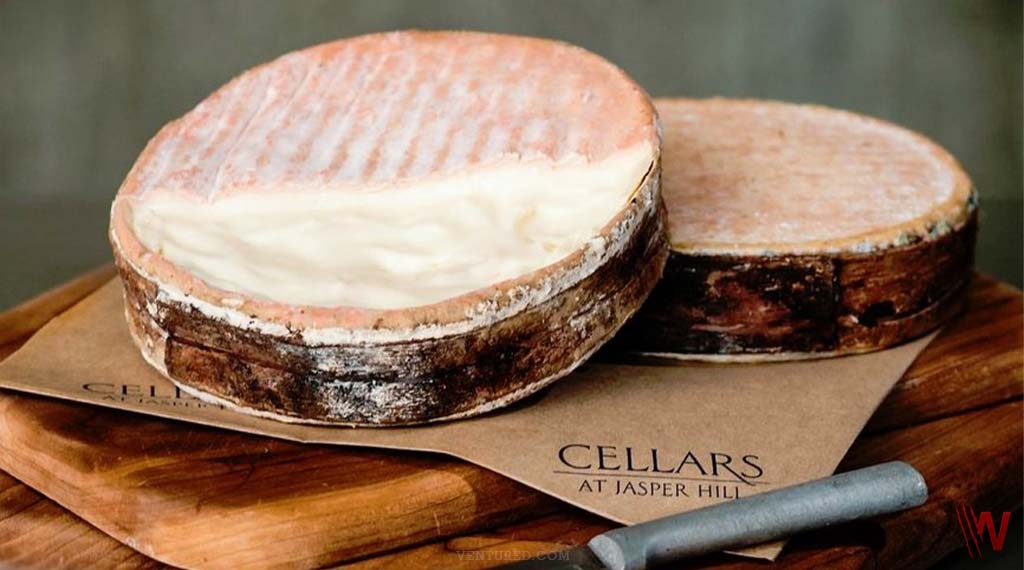
The list’s final entrance is the other American-produced cheese, hailing from Greensboro, Vermont’s Jasper Hill Farm. Winniemere is one of a dozen cheeses produced here, all from the milk of a single cow herd. Aside from milk, Jasper Hill Farm also markets bacon, sausages, and dry-cured salami.
The farm’s operations are unique in that outside the onsite creamery, they also have an underground aging space, which accommodates not only the farm’s own needs but other local producers as well. The whey leftover from cheesemaking is fed to heritage pigs from nearby woodlands. The focus of the farm is to be environmentally friendly and sustainable, dubbing them the “green machine” for their nutrient recapture system. The operation is consolidated and includes a cropping center.
Raw milk of cows fed strictly with hay contributes to the production of Winnimere, a soft cheese that is wrapped in a spruce tree’s inner bark when young and bathed in salt brine during its aging process. After 2 months, it becomes spoonable. The taste has hints of spruce, sweet cream, and bacon. The popular cheese has won awards, including the 2013 Best of Show from the American Cheese Society.
Conclusion:
In conclusion, the world of gourmet cheeses is vast and varied, with some varieties commanding exorbitant prices due to their rarity and exclusivity. From the complex and nutty taste of Pule, made from the milk of Balkan donkeys, to the rich buttery flavor of Rogue River Blue, made with a blend of cow, sheep, and goat milk, these top 12 most expensive cheeses offer a culinary experience like no other.
Frequently asked questions:
Why is babybel cheese so expensive?
Babybel cheese is a brand of individually-wrapped, waxed cheese made by the Bel Group. One reason for its higher cost compared to other types of cheese may be the cost of production and packaging. Additionally, the high demand for the product, as well as the brand’s reputation for quality, can also contribute to the higher cost.
Why is cheese so expensive in the us?
Cheese can be expensive in the US due to a variety of factors, such as the cost of production, transportation, and distribution. Additionally, tariffs and trade restrictions on imported cheese can also affect the price. Additionally, the cost of milk and other ingredients used to make cheese can be affected by factors such as weather and disease, which can, in turn, affect the price of the final product.






